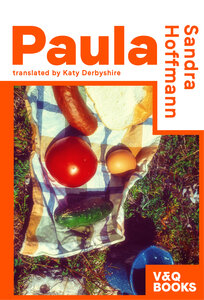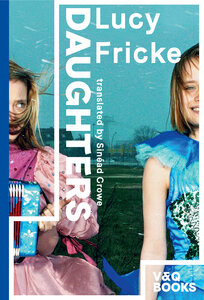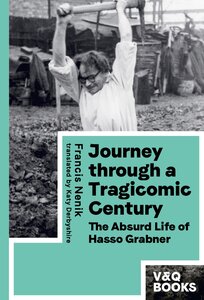In the Belly of the Queen is published as two novellas back-to-back, each set amongst the same group of characters in a Kurdish community in Germany. In my reading of the book, the two novellas don’t fit into the same chronology – but I have to sound a note of caution here, because I haven’t found another review online that thinks the same. If I’m wrong in what follows, so be it – I can only write about the book that I read.
In each novella, the narrator is close to the character Younes. Raffiq (whose story I read first) can’t help thinking about Younes’s beautiful mother Shahira, who doesn’t conform to the community’s expectations – for example, she sleeps around and wears revealing clothes. The attention is too much for Younes, who goes to find his father in Frankfurt. Raffiq’s girlfriend Amal plans to go to America, and his father wants the family to leave for Kurdistan, where he’d be qualified to practise as an architect once again. Raffiq wants to stay in Germany, and has to decide where his loyalties lie.
The other story is Amal’s, but here she is no friend of Raffiq. Like Shahira, this Amal doesn’t abide by societal expectations, albeit in a different way: from an early age, she was nicknamed “Mowgli-girl” for cutting her hair short and beating up Younes (they would become closer later on). In this account, Amal’s father is an architect who went back to Kurdistan; she follows him, but doesn’t find quite what she expected.
By structuring her novel in this way, Taha effectively puts Raffiq and Amal in the same position in their respective stories, then explores the different ramifications for each. There’s also the character of Shahira, who looms large in both stories but never speaks to us herself (I have to acknowledge that the author’s essay in the book pointed me towards this). In a sense, she exists beyond the narrative in the same way that she exists beyond community norms. The full effect of Taha’s novel lies in the interplay and contrast between its two halves.
Published by V&Q Books.






Recent Comments